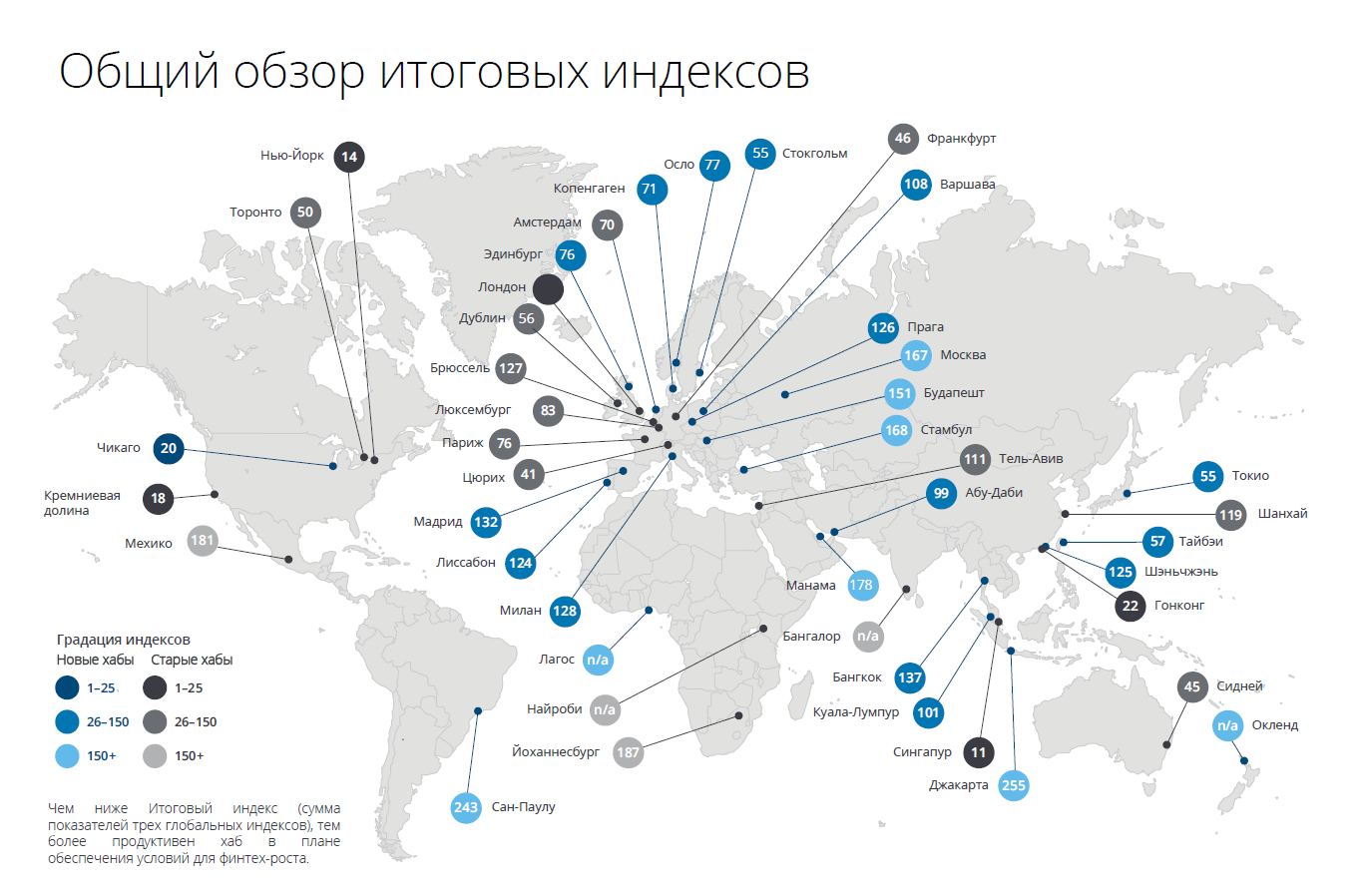Development
The Deloitte study on regulatory sandboxes and cooperation between supervisory authorities confirms the validity of these points of view . Its results show that of all European countries only the UK, the Netherlands, Russia, Switzerland and Norway (5 out of 20 included in the report of European finteh hubs) are working on projects of finteh sandboxes. At the same time, only three supervisory bodies (in the UK, France and Switzerland) signed cooperation agreements in the field of fi niteha with their colleagues from other countries of the world.
Representatives of the Asia-Pacific region, unlike their European counterparts, were more Positive in assessments of local regulation, and then they have good reasons. Throughout the past year, we have witnessed a number of constructive actions by the supervisory authorities throughout Asia, and the speed of these changes left the most pleasant impression. For example, 7 out of 16 regulators that have undertaken to deploy regulatory sandboxes are located in Asia. Moreover, the Asian oversight bodies have taken a very active stand with regard to cooperation with their counterparts from other regions of the world.
For example, as shown on the following chart of cooperation of regulators, international agreements on cooperation with regulators of other countries among Asian countries were signed by China, South Korea, Hong Kong, Japan, Singapore, Australia and India. The absolute record for this indicator around the world was the Monetary Authority of Singapore. Of course, it should be remembered that the tangible fruits of these arrangements have yet to be seen. Be that as it may, cooperation between regulators around the world has no doubt become a common phenomenon, which is gaining momentum.
The countries of the Persian Gulf are represented in the report by only two hubs. Both their representatives gave very similar estimates. For example, they announced excellent government and regulatory support for the Finnish companies, which was repeatedly confirmed by a number of initiatives launched by the governments of these countries in conjunction with the supervisory authorities. Examples include RegLab in Abu Dhabi, the FinTech Hive projects and the 2020 blockchain in Dubai, and the fintech work conducted by the Bahrain Economic Development Council.
In Africa, the development of financial technologies continues to revolve around mobile And social payments. The fintech projects, which are very successful, are a rarity for the region due to the low level of support from the government and regulators, as well as the lack of quality infrastructure. All these factors continue to be obstacles to the large-scale development of local initiatives.
In the Central and South America, Brazil is the leader of the pack, most of the fintech projects and activities are concentrated in São Paulo. In general, investors and corporations make an active contribution to the development of local finteh ecosystems in the region. Nevertheless, there are more and more new signals about the growth of support from the government and regulators. For example, it is expected that the new government strategy to expand access to financial services in Mexico will actively stimulate finteh growth.
The study of Deloitte concludes with information on North America. Silicon Valley and New York continue to be the undisputed leaders of USA fiinteh. As for Canada, 80% of all Canadian finteh activity is still concentrated in Toronto. Nevertheless, in recent years, we have witnessed the appearance of several new hubs: Chicago and Charlotte (North Carolina) included in this interim report.
Other changes that have occurred in the US over the past few months are related to regulation. Special attention should be paid to the financial-charter of the Office of the Comptroller of Monetary Circulation (the US federal agency). Given that the complex and fragmented regulatory environment of the US has been repeatedly designated by the US finteh hubs as an obstacle, it will be interesting to observe developments in this direction.
The full version of the report is available under the link.










